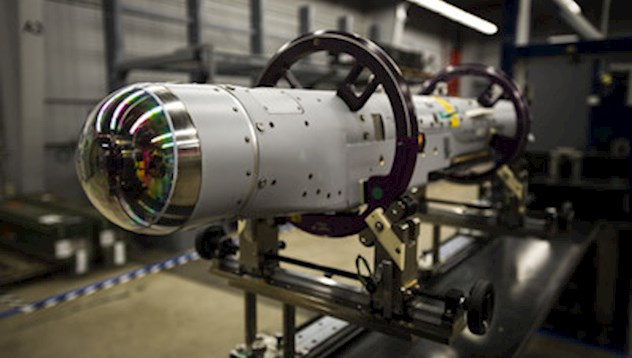Raytheon Missiles & Defense completed the first guided release of a StormBreaker smart weapon from an F/A-18E/F Super Hornet, which will become the second fighter jet to add the weapon when the program reaches initial operational capability later this year, Raytheon announced.
“StormBreaker is the only weapon that enables pilots to hit moving targets during bad weather or if dust and smoke are in the area,” said Cristy Stagg, StormBreaker program director. “Super Hornet pilots will be able to use poor visibility to their advantage when StormBreaker integration is complete.”
During the U.S. Navy flight test, StormBreaker safely separated from the jet and successfully received guidance data from the plane, enabling it to be directed to its target while in flight.
StormBreaker features a revolutionary tri-mode seeker that uses imaging infrared and millimeter wave radar in its normal mode. The weapon can also deploy its semi-active laser or GPS guidance to hit targets.
The F-15E Eagle is the first platform to add StormBreaker; it’s also being integrated on the F-35 Joint Strike Fighter.
StormBreaker Smart Weapon :
The StormBreaker smart weapon gives operators an upper hand in combat by hitting moving targets in some of the worst weather conditions. The winged munition autonomously detects and classifies moving targets in poor visibility situations caused by darkness, bad weather, smoke or dust kicked up by helicopters.
StormBreaker’s small size enables the use of fewer aircraft to take out the same number of targets as larger weapons that require multiple jets. The weapon can also fly more than 45 miles to strike mobile targets, reducing the amount of time that aircrews spend in harm’s way.
The U.S. Air Force and U.S. Navy have begun StormBreaker smart weapon integration activities on the F-35 Joint Strike Fighter and the F/A-18E/F Super Hornet aircraft. Raytheon Missiles & Defense completed development and integration on the F-15E Strike Eagle in April 2018.




